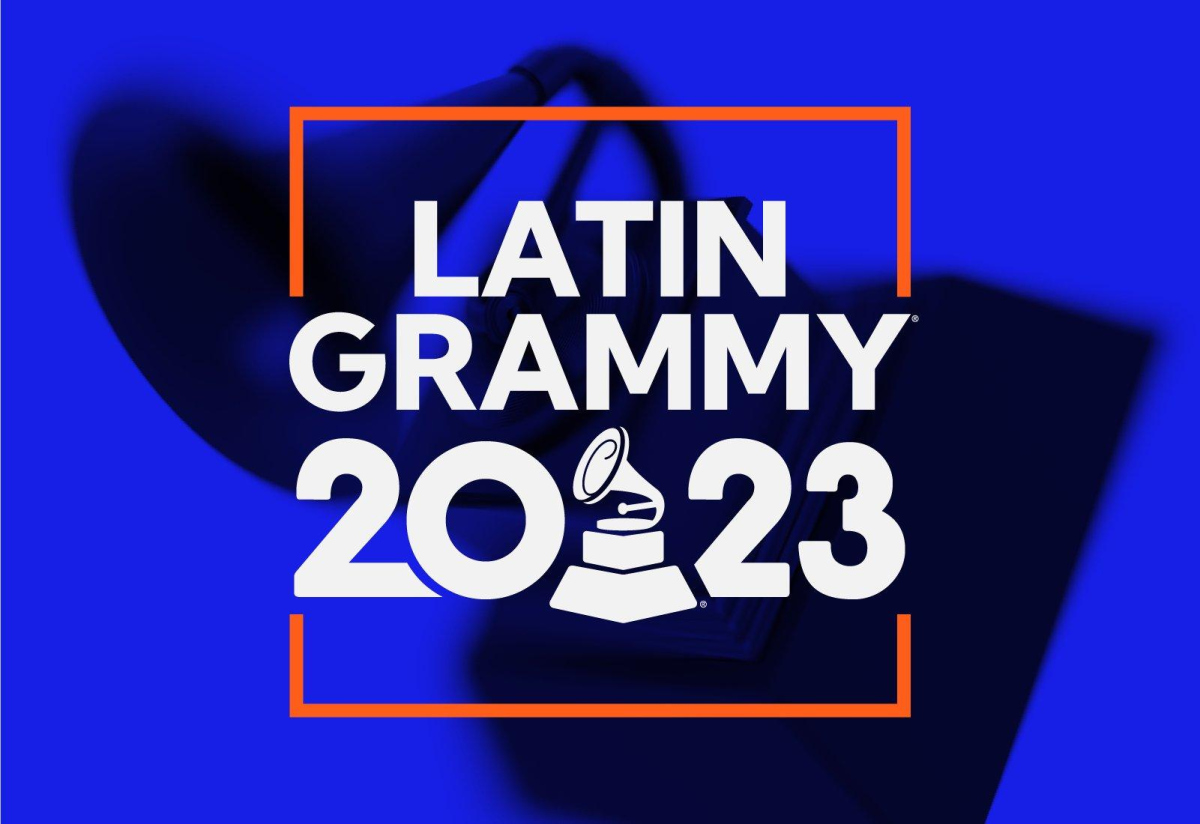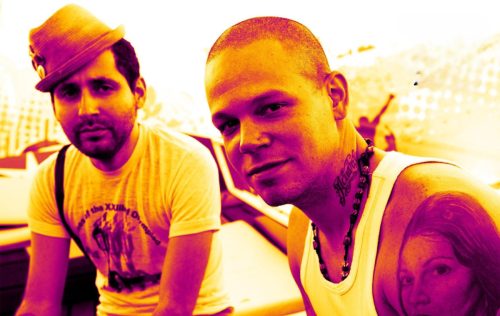The vibrant world of Latin music’s evolution is traced from the rhythmic beats of Spain, Africa, and indigenous Americas to the sultry melodies of modern-day hits. This musical journey weaves together diverse cultural influences, creating a rich mosaic of sounds and rhythms that have captivated audiences worldwide. From the infectious salsa grooves to the passionate ballads of bolero, Latin music transcends borders, speaking a universal language of emotion and celebration. Iconic artists like Rita Moreno and timeless classics such as “The Ritz” film soundtrack have shaped the Latin music world. The rhythmic heartbeat of Latin America is examined, unraveling the intricate connections between its musical heritage and global influences, celebrating the vibrant diversity and enduring legacy of Latin music through the ages.
Discover GRAMMY GO courses exclusively on Coursera
The Evolution of Latin Music
Latin music has a rich and diverse history that draws from a fusion of cultures, including Spanish, African, and indigenous influences. From the infectious rhythms of salsa to the heartfelt ballads of bolero, Latin music has evolved over the years, incorporating a wide range of styles and sounds.
Historical Roots
The roots of Latin music can be traced back to the colonization of the Americas by Spain, which brought with it European musical traditions. These traditions blended with African rhythms brought by the slave trade and the indigenous musical heritage of the Americas, creating a unique and vibrant musical world.
Modern Influence
In contemporary times, Latin music continues to captivate global audiences with its infectious beats and soulful melodies. Artists like Ricky Martin, Marc Anthony, and Enrique Iglesias have broken barriers and set the stage for the current Latin music revolution, achieving mainstream success and paving the way for a new generation of Latin music stars.
Ricky Martin at the 1999 GRAMMY Awards. PHOTO: FRANK MICELOTTA/IMAGEDIRECT; Marc Anthony. PHOTO: TODD PLITT/HULTON ARCHIVE; Daddy Yankee. PHOTO: JASON KOERNER/GETTY IMAGES; Shakira performs at the 2023 Latin GRAMMYs on Thursday, Nov. 16, 2023, in Seville, Spain. PHOTO: COURTESY OF THE LATIN RECORDING ACADEMY/KEVIN WINTER, GETTY IMAGES © 2023
Chart-Topping Hits
Latin music has seen a surge in popularity in recent years, with chart-topping songs and record-breaking sales dominating the music industry. The Latin music revolution showcases the talent and creativity of young stars who are making waves with their music, bringing Latin rhythms to the forefront of the global music scene.
Cultural Impact
Latin music transcends borders and languages, speaking a universal language of emotion and celebration. It celebrates the vibrant diversity of Latin America and the enduring legacy of its music, showcasing a cultural world that continues to inspire and influence artists and audiences around the world.
How Latin Music Changed Over the Years
Latin music has undergone significant transformations throughout its history, evolving from traditional genres to a diverse range of styles that have captured the hearts of millions worldwide. In the early 20th century, Latin music was heavily influenced by Afro-Caribbean rhythms, leading to the popularity of genres like salsa, mambo, and chachacha. Later, during the 1960s and 1970s, Latin music started incorporating more elements of rock and pop, giving rise to new genres such as Latin rock and Latin pop.
The 1980s witnessed the emergence of reggaeton, a genre that blended reggae, hip-hop, and Latin music, quickly gaining popularity not only in Latin America but also globally. In recent years, Latin music has continued to evolve with the emergence of new genres like trap Latino and Latin trap, which fuse hip-hop, reggaeton, and traditional Latin music. This evolution has solidified Latin music as a global cultural phenomenon, inspiring new generations of musicians and fans worldwide.
What Makes Latin Music Different (and Why We Love It)
Latin music stands out for several distinctive characteristics that set it apart from other genres. This diverse and complex genre encompasses various styles and influences, making it a unique musical experience. One key element that defines Latin music is its strong connection to dance. With rhythms that encourage movement and social dancing, Latin music brings people together on the dance floor.
Also, Latin music often features a lively beat and a driving rhythm that captivates listeners, creating an irresistible urge to dance. This infectious energy is a fundamental aspect of Latin music that sets it apart from other genres. The fusion of Spanish, African, and indigenous influences also contributes to the rich world of sounds and rhythms found in Latin music.
From the upbeat tempo of salsa to the romantic melodies of bolero, Latin music offers a wide range of styles that appeal to a global audience. Artists like Rita Moreno have left a lasting impact on the genre, while modern hits like compas continue to captivate listeners with their unique blend of instruments and rhythms.
In essence, the diversity, rhythm, and danceable nature of Latin music make it a beloved genre that transcends linguistic and cultural barriers. Its ability to evoke emotions, inspire movement, and tell compelling stories through music is why Latin music continues to be cherished by people around the world.
The Different Styles of Latin Music
Latin music is a diverse genre with various styles that have captivated audiences worldwide. Each style brings something unique to the table, showcasing the rich cultural world of Latin America. Here are some of the most prominent styles of Latin music that have left a lasting impact:
- Salsa
Salsa is a high-energy dance music that originated in New York City in the 1960s. It combines Cuban rhythms with jazz and other genres, creating an infectious beat that is perfect for dancing. - Merengue
Hailing from the Dominican Republic, Merengue is known for its rapid tempo and lively accordion melodies. It’s a staple at parties and celebrations, getting everyone on their feet. - Reggaeton
Emerging in Panama in the 1970s and gaining popularity in Puerto Rico, Reggaeton fuses Jamaican dancehall with hip hop and Latin American music styles. Its catchy rhythms and urban vibe have made it a global phenomenon. - Tango
Originating in Argentina, Tango is a passionate and dramatic dance music that evokes intense emotions. It’s characterized by its intricate footwork and soul-stirring melodies. - Bossa Nova
With its smooth, laid-back vibe, Bossa Nova emerged in Brazil in the late 1950s. It blends samba rhythms with jazz influences, creating a soothing and sophisticated sound. - Flamenco
Flamenco is a traditional style from Spain, known for its fiery guitar playing, emotive singing, and dynamic dance movements. It embodies the vibrant spirit of Spanish culture. - Cumbia
Originating in Colombia, Cumbia is a rhythmic and melodic genre that features accordion, drums, and other traditional instruments. It’s a popular dance music across Latin America.
Latin music’s diverse styles offer a musical journey through different cultures and histories, enriching the global music world with its vibrant rhythms and soulful melodies. Whether you’re a fan or aspiring musician, exploring the various styles of Latin music can open doors to a world of creativity and passion.
The Rise of the Latin GRAMMYs
Over the last few decades, Latin music has seen a significant surge in global popularity, with its infectious rhythms and diverse styles captivating audiences worldwide. This rise in prominence is reflected in the establishment of the Latin GRAMMY Awards in 2000, created by the Latin Recording Academy to recognize excellence in Latin music. The Latin GRAMMYs celebrate the rich cultural heritage and outstanding achievements of Latin musicians across various genres, highlighting the profound impact of Latin music on the global music scene.
Latin Music and the GRAMMYs
The GRAMMY Awards have several categories that recognize and celebrate international artists, including Latin musicians. Some of the key Latin music categories are:
1. Best Latin Pop Album: Recognizing excellence in Latin pop music, notable winners include Shakira, Ricky Martin, and Alejandro Sanz.
2. Best Latin Rock, Urban or Alternative Album: This category honors achievements in Latin rock, urban, and alternative music. Notable winners and nominees include Calle 13, Manu Chao, and Residente.
4. Best Tropical Latin Album: This category highlights tropical Latin music genres such as salsa and merengue. Notable winners and nominees include Marc Anthony, Celia Cruz, and Juan Luis Guerra.
These categories showcase the diverse talent and cultural richness within Latin music.
Alejandro Sanz. PHOTO: ALEXANDER TAMARGO/GETTY IMAGES; Juan Luis Guerra. PHOTO: KEVIN WINTER/GETTY IMAGES; Calle 13. PHOTO: WIREIMAGE.COM
Popular Latin artists and Songs
Latin music has seen a remarkable evolution over the past decades, with numerous talented artists and iconic songs shaping its vibrant world. Let’s jump into some of the popular Latin artists and songs that have left a lasting impact on the music industry.
1. Ricky Martin
Ricky Martin is a legendary Puerto Rican singer known for his energetic performances and catchy tunes. His hit song “Livin’ La Vida Loca” became a global sensation, showcasing his prowess as a Latin pop icon. Martin’s contribution to the Latin music scene has been immense, inspiring a new generation of artists.
2. Shakira
Hailing from Colombia, Shakira is a versatile artist recognized for blending pop, rock, and Latin influences in her music. Songs like “Hips Don’t Lie” and “Waka Waka (This Time for Africa)” have captivated audiences worldwide, solidifying her status as a music powerhouse.
3. Marc Anthony
Marc Anthony, a renowned salsa artist from the United States, has been instrumental in popularizing Latin music internationally. With soulful ballads like “Vivir Mi Vida” and “You Sang To Me,” Anthony’s emotive performances have earned him a loyal fan base across the globe.
4. Gloria Estefan
Gloria Estefan, a Cuban-American singer, has made significant contributions to the Latin music scene with her infectious rhythms and heartfelt lyrics. Hits such as “Conga” and “Rhythm Is Gonna Get You” have become classics, showcasing Estefan’s undeniable talent and lasting impact on the industry.
5. J Balvin
J Balvin, a reggaeton artist from Colombia, has taken the music world by storm with his unique sound and style. Songs like “Mi Gente” and “Ay Vamos” have set the charts on fire, solidifying Balvin’s position as a trailblazer in the Latin music genre.
- “Despacito” by Luis Fonsi ft. Daddy Yankee
- “La Tortura” by Shakira ft. Alejandro Sanz
- “Bailando” by Enrique Iglesias ft. Descemer Bueno, Gente de Zona
- “Gasolina” by Daddy Yankee
- “Danza Kuduro” by Don Omar ft. Lucenzo
Frequently Asked Questions
What is the history of Latin music?
Latin music has a rich history rooted in Spanish, African, and indigenous influences. Over time, it has evolved into various genres like salsa, bolero, and reggaeton, incorporating Afro-Caribbean rhythms and later adding rock and pop elements to create unique music styles.
What are some popular Latin music genres?
Salsa, merengue, reggaeton, tango, Bossa Nova, and merengue are some of the popular Latin music genres. Each genre has its unique characteristics and influential artists who have contributed to the diverse landscape of Latin music.
Who are some iconic Latin music artists?
Prominent Latin music artists include Ricky Martin, Shakira, Marc Anthony, Gloria Estefan, and J Balvin. These artists have made significant contributions to the Latin music industry and have created iconic songs that resonate with audiences globally.



























